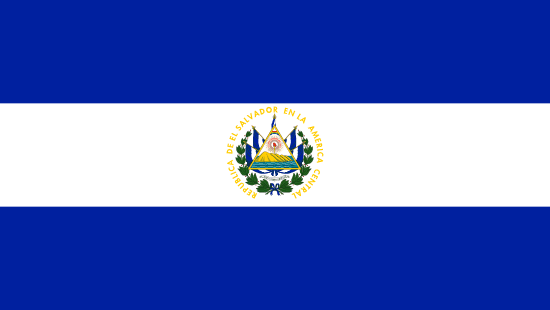"San Salvador en Grande | San Salvador in Greatness"
About:
San Salvador, the capital of El Salvador, was founded in 1525 by Spanish conquistador Pedro de Alvarado. It has faced numerous natural disasters, including earthquakes and volcanic eruptions, leading to multiple relocations. The city played a crucial role in Central American politics during the 19th and 20th centuries, witnessing the Salvadoran Civil War (1980-1992). Today, it's a significant financial, educational, and cultural hub, despite ongoing challenges like crime and economic inequality.
When to visit:
San Salvador, the capital city of El Salvador, enjoys a tropical climate with distinct wet and dry seasons. The best time to visit San Salvador for a holiday is during the dry season, which typically runs from November to April. This period offers pleasant weather with lower chances of rainfall, making it ideal for outdoor activities and sightseeing. However, visitors should be aware that the city can be quite crowded during peak tourist months, so planning in advance is recommended.
When to avoid:
Traveling to San Salvador during the rainy season, from May to October, is generally considered the worst time to visit, particularly on holidays. Heavy rainfall and potential flooding can disrupt travel plans and outdoor activities, impacting the overall travel experience. Additionally, the increased humidity during this time can make sightseeing uncomfortable and limit the enjoyment of outdoor attractions. It is advisable to plan your visit during the dry season from November to April to avoid these weather-related challenges and make the most of your holiday in San Salvador.
Rainy Season (May–October)
San Salvador experiences its wettest season from May to October, with the heaviest rainfall in June and September. Average temperatures range from 70-86°F, rarely dropping below 65°F. Expect frequent showers, often in the afternoon or evening, with an average monthly rainfall of 300-400mm. Despite the rain, there's still plenty of sunlight, averaging 5-6 hours per day. Cloud cover is common, reducing visibility at times. An average day for a visitor might start with sunshine, gradually becoming cloudy with a chance of heavy showers or thunderstorms in the afternoon.
"Summer (November-April)"
San Salvador, the capital of El Salvador, experiences its warmest period during the dry season, which spans from November to April. During this time, the average daytime temperatures range between 80°F (27°C) to 90°F (32°C). Rainfall is minimal, with the region experiencing its driest months in February and March.
In terms of sunlight, San Salvador enjoys approximately 6-7 hours of bright sunshine per day during this period. The humidity levels are relatively lower as compared to the rainy season, but they can still reach up to 70%, making the heat feel more intense.
Despite being the dry season, cloudiness is not uncommon. However, it's usually partial and does not block out the sun entirely.
For a visitor, a typical day in the warmest part of the year in San Salvador would likely feel hot, especially during midday. The mornings and evenings are generally more comfortable, with cooler temperatures providing a welcome respite from the heat. Despite the humidity, the lack of rain makes it ideal for outdoor activities and exploring the city. The partially cloudy skies often provide a picturesque backdrop without hindering the sunlight, making it an excellent time for photography as well.
Language:
In San Salvador, the capital city of El Salvador, the most commonly spoken language is Spanish, as it is the official language of the country. It is used in all aspects of daily life, including education, commerce, and media. Additionally, English is increasingly spoken due to tourism and international business.




